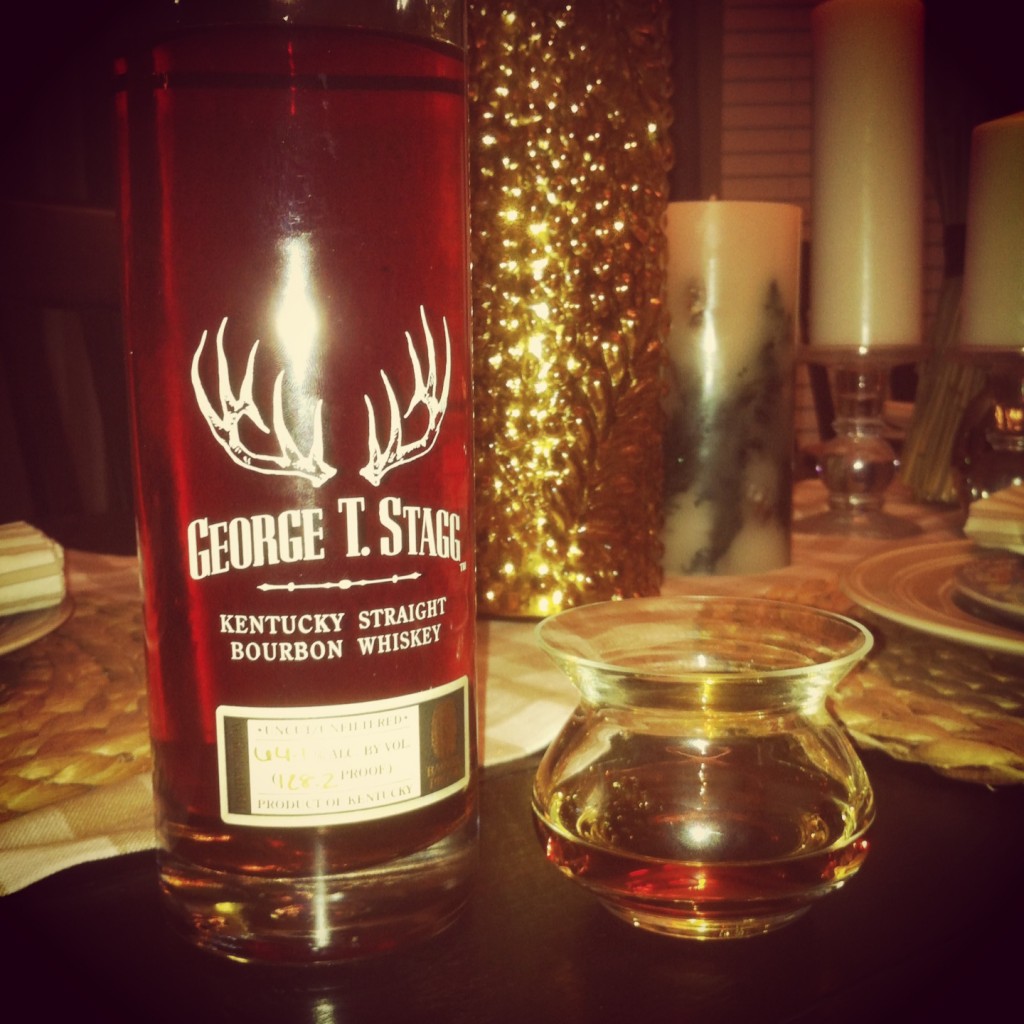How to Taste Bourbon
How to Taste Bourbon
Tasting bourbon is a skill and with any skill you only get better with practice. This is why I insist on practicing every night :). If you are new to bourbon here are a few bourbons you should start with. If you are already familiar with bourbon you can apply these techniques to your bourbon/whiskey tastings.
First – The Glass
I prefer the NEAT Glass. There is a lot of science to go with this glass but basically, the NEAT glass reduces the amount of alcohol you smell. This allows you to smell the complexities of the bourbon. They also take care of their customers. If you use promo code “bourbonr” you receive 12% off of your purchase.
Another popular option is the Glencairn glass.
If you do not have one of these two glasses (order one) a stemless wine glass or short glass will work. You want to make sure your nose can fit in the glass.
A good Bourbon Tasting or Review consist of four things: Appearance/Color, Nose/Aroma, Taste and Finish.
Appearance/Color:
Describe the way the Bourbon looks. I.e. honey, finished pine, amber. Is the Bourbon clear or a little foggy. Bourbon is aged in charred oak barrels so generally speaking the older the Bourbon the darker it will be. Other factors, such as proof and where the bourbon was aged in the rack house also play a role in color but that discussion is for a different article. This scale may help with distinguishing color: 
Nose/Aroma:
This is the most important part of the tasting. After pouring the bourbon take a small sniff of the bourbon. If you get a heavy alcohol smell try opening your mouth, put your nose to the glass and breathe in through your mouth. This allows you to get more of the bourbon smell without singeing you nose hairs. Now, let the bourbon sit for a few seconds give the glass a few swirls so you look like you know what you’re doing and take another small sniff. If you are using a NEAT glass it is important to swirl the bourbon several times before sniffing. This is important because some of the alcohol will dissipate and you will get a better smell. Repeat this process several times. Smelling or nosing a bourbon or whiskey is so important because your sense of smell is 10,000 times more sensitive than your sense of taste. Here are some common aromas in bourbon:
- Sweet aromatic flavors, such as vanilla, caramel, honey and butterscotch
- Fruit and floral flavors, such as apple, pear, dark fruit (figs, raisins, dates), citrus and rose
- Spice flavors, including black pepper, tobacco leaf, nutmeg, clove and cinnamon
- Wood flavors, such as oak, cedar, pine, almonds and pecans
- Grain flavors, such as corn, malt and rye
Initially, it is tough to pick up a bourbon and say “I get a hint of tobacco and nutmeg with figs and pear”. A lot of time these kinds of reviews are garbage. Use familiar items as a reference. “This bourbon reminds me of how pecans smell” or “It smells woody and sweet”. Don’t get too caught up in pinpointing exact aromas at first.
Flavor/Taste:
This is the fun part! Start by taking a small sip and swirl it around in your mouth. Caution: DO NOT DO THIS IN A PRETENTIOUS WINE SNOB MANNER. Just make sure the Bourbon hits every part of your tongue. That is the key. Now think about it. What did you taste? Look beyond the alcohol taste. What was behind it? There was most likely a sweet taste but what else? Most of your “taste” will come from the nose receptors in the back of your mouth so don’t be surprised if you taste more after you swallow the bourbon. This is where our flavor wheel comes in handy:
The Bourbonr flavor wheel is the 16 most common flavors in Bourbon. The most important part is to go with your gut on the review notes. You want to be able to remember that bourbons taste just by looking at your notes.
Finish:
The finish is how a bourbon leaves your mouth. Was it smooth or harsh? Did it linger or dissipate quickly? Did you notice any additional flavors on the finish? Note them.
Act Two:
Add a few drops (or more if you are tasting a higher proof Bourbon) of water and repeat the process. Did you notice anything new? It is crazy how the smallest amount of water can completely change a bourbons flavor profile. Just make sure you are using filter water. Like I said before, bourbon tasting takes time. There is nothing wrong if your first few reviews are nothing more than a thumbs up or thumbs down. Now, go out and drink some bourbon(responsibly of course)!





14 comments
This is fantastic! Might I ask where you got the program or spreadsheet with which you made the flavor profile wheel?
Cheers!
Seth
Hi Seth,
Thanks! It was made on bourbonr.com. Hit the “+” next to whisk(e)y details to create your own. Let me know if you have questions
In a couple of weeks, I am going to a bourbon tasting at a local liquor store that is supposed to have samples from private barrel collections plus over 20 premium brands in a two hour period… what recommendations do you have because it seems unlikely I will get to (or be able to) try them all 20+ bourbons in a two hour period
Call Uber when you are ready to leave.
I went to the Bourbon Trail in September. Had one tasting per day. At each tasting, I had 4 different varieties. Each was 1/2 of an ounce.
At the volume you are having, how are you going to tell the difference from Jim Beam to Perry Van Winkle?
Taste